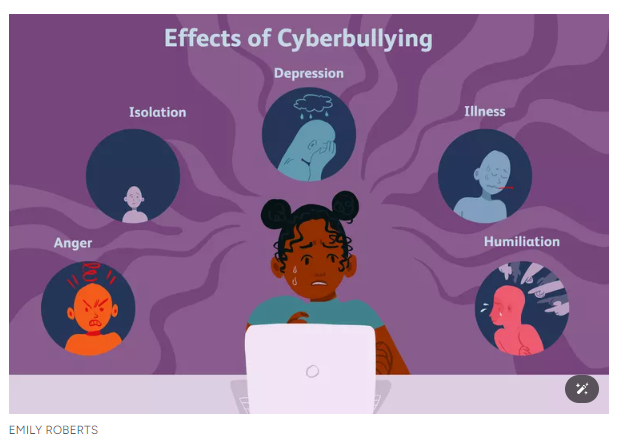As families, it's crucial to address cyberbullying head-on. Your mission is to create a safe environment where children feel comfortable sharing their online experiences. Parents must stay informed and vigilant, as this issue can deeply impact a child's mental and emotional well-being. Open communication within the family is key to tackling this challenge effectively.
In this comprehensive guide, we'll explore how to recognize signs of cyberbullying, strategies to prevent it, and practical steps to support your child if they're affected. Understanding these aspects will empower you to cultivate a safer online environment for your kids.
What Is Cyberbullying?
Cyberbullying often occurs on social media platforms like TikTok, Instagram, and Twitter, as well as messaging apps such as WhatsApp and Snapchat. Online gaming environments also serve as breeding grounds for this toxic behavior due to the anonymity it provides to bullies. Cyberbullying behaviors include sending mean texts or emails, spreading rumors online, posting hurtful comments on social media, impersonating someone to harm their reputation, and sharing private information to embarrass them. The effects of cyberbullying can be devastating, leading to anxiety, depression, and a drop in academic performance for the victims. Understanding these behaviors is crucial for parents to recognize and address cyberbullying effectively.
Cyberbullying vs. Traditional Bullying
Cyberbullying uses digital platforms to harass or harm others, while traditional bullying happens face-to-face. The internet provides bullies with anonymity, making it harder to identify them compared to traditional bullying. Cyberbullying can happen 24/7, following the victim even into their home, intensifying their distress. The internet's reach allows harmful content to go viral quickly, potentially making the impact of cyberbullying more severe than traditional bullying. Studies show that approximately 34% of students have experienced cyberbullying, while 73% have faced traditional bullying. Both forms of bullying are significant, but cyberbullying poses unique challenges that require special attention from parents and educators.

Signs of Cyberbullying
Promoting open communication and providing a supportive environment where children feel safe discussing their online experiences are crucial for early intervention. Look for the following signs that may indicate your child is a target of cyberbullying:
Behavioral Signs:
- Withdrawal from social interactions and activities they previously enjoyed
- Increased anxiety, especially about going to school or using the internet
- Sudden mood swings, such as irritability, sadness, or anger
Digital Signs:
- Avoidance of using their phone, computer, or other devices
- Secretive behavior about their online activities
- Significant increase in device usage, possibly trying to manage or respond to bullying
Physical Signs:
- Trouble sleeping, including frequent nightmares
- Unexplained injuries, as some children may self-harm to cope with emotional pain
- Changes in appetite, either an increase or decrease
****Addressing and Preventing Cyberbullying****
Families should be proactive in addressing and preventing cyberbullying. Listen to your child's concerns without judgment, document incidents, and report them to social media platforms, school authorities, and the police if necessary. Provide continuous support and create an open environment for your child to discuss their online experiences. Collaborate with the school to ensure they are aware and can provide support, and utilize tools provided by online platforms to block and report harmful content.
Conclusion
Cyberbullying poses a widespread problem for numerous children and teenagers. Parents can make online environments safer for their children by identifying signs of cyberbullying and learning how to prevent and address it. Taking control of cyberbullying is crucial for parents and caregivers. It is important to regularly communicate with children and monitor their online activities. Stay well-informed and engaged in your child's digital life to help them navigate the online world with confidence and safety.
Posted Using InLeo Alpha